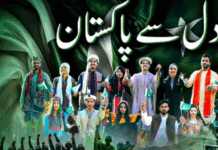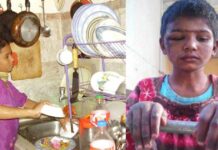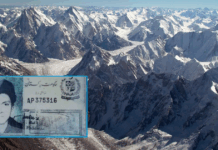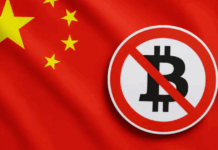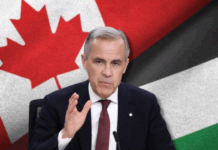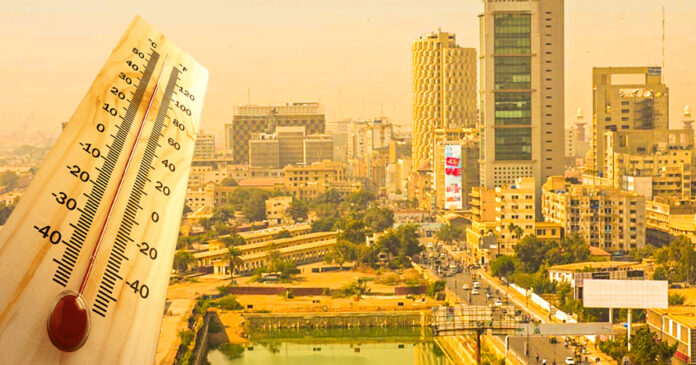Karachi’s scorching heat is breaking records. Yet, inside the elite neighbourhood of the city, people are complaining that their air-conditioned rooms are too cold. The irony: One city, one sun, yet two contradictory realities.
Last summer, the temperature soared beyond 49 °C, with humidity reaching a “feels‑like” 55 °C by late June, claiming over 568 lives across Sindh (427 in Karachi alone) and hospitalising thousands more.
Yet amid these numbers lies a quieter, deeper tragedy: The heat crisis affects the privileged and the poor in vastly different ways. Some are forced to live through the concoction of dust and exhaust that thickens the air around them, while the others fight over A/C remotes because they are “freezing.”
A Tale of Two Karachis
Downtown, the elites retreat into air-conditioned apartments or malls, waiting out the heat in cool luxury. But in Perfume Chowk’s cramped streets or Lyari’s concrete canyons, there is neither shade nor sustenance, and, in fact, it only welcomes more heatwave-caused skin conditions.
The poor described their homes as “an active blast furnace,” where oppressive heat is intensified by indoor coal stoves and lack of electricity. In Lyari, green cover is barely 1.5 %, compared to a city average of 5 %, hence making it one of Karachi’s hottest pockets.
Inadequate public services like rolling blackouts, failing utilities, intermittent water supply only compounds to the misery. Many homes actually bake hotter than the outside air.
Women, children, the elderly, daily wage labourers and expectant mothers are most vulnerable. Pregnant women, in particular, face steep risks: public hospitals have no designated interventions in place, despite fulminating demand.
The Urban Heat Island effect is not an abstract phenomenon here as it’s lived daily. Karachi’s concrete sprawl has trapped heat; its green spaces are vanishing.
Since 1960, night-time temperatures have risen by about 2.4 °C and daytime highs by 1.6 °C. Trees and parks, which could offer relief, are being wiped out (sometimes deliberately for development) at the expense of public health .
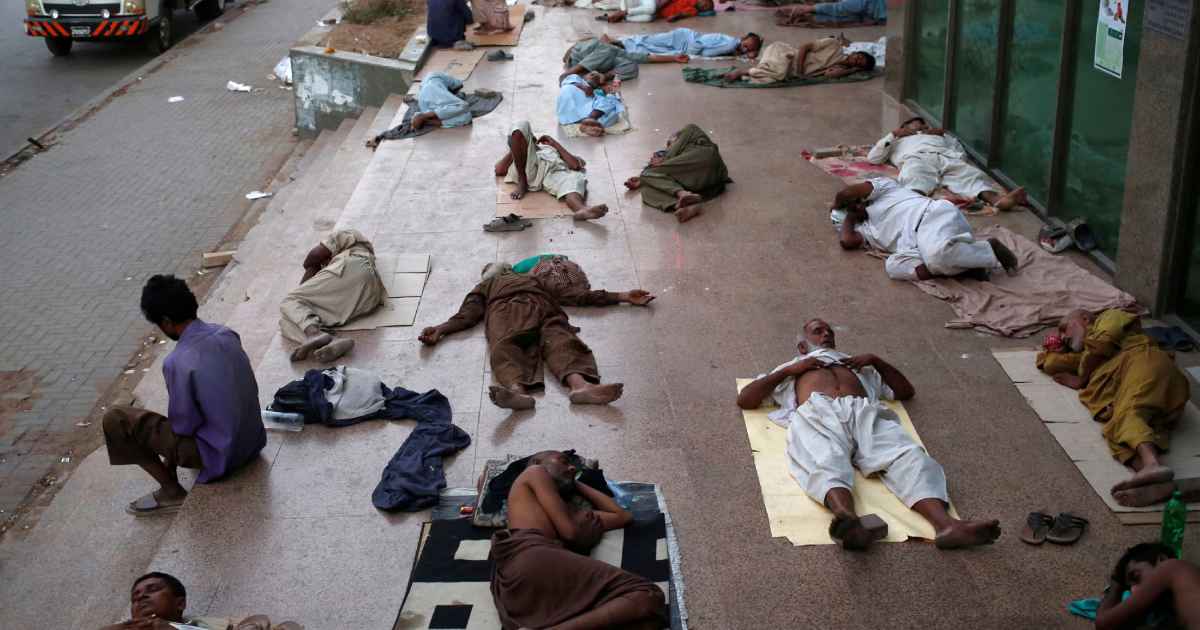
Climate Injustice in Focus
Heat in Karachi is never distributed evenly. Those who contribute least to global emissions bear the most severe burden. This is climate injustice; living proof that the poor pay for the luxuries of the wealthy.
The urban poor, packed into informal settlements, lack ventilation, cooling, shade and water. They cannot “stay indoors” because indoors is its own furnace.
The worst part? The state’s response remains painfully inadequate. Cooling centres are set up, but only sporadically and without sustained reach. Policies like heat wave management plans and reflective-roof campaigns only exist on paper.
On the ground, bureaucracy, inaction and mismanagement continue to prevail. Meanwhile, hospitals get overwhelmed, morgues reach full capacity, and the official death toll underreports the suffering due to incorrect and informal classification of data.
View this post on Instagram
One City, Different Heat: What Needs to Change
Solutions like cooling centres, shaded parks, reflective building materials, and tree-lined streets (none of this is optional) are already well known; all that is left is implementation.
Emergency services must coordinate: a heat‑wave alert system with public education and robust inter-agency leadership, backed by community mobilisation. Every underserved neighbourhood should get electricity priority, water supply, free fans and an early warning of impending heat spikes.
In the long term, Karachi must reclaim its canopy with shade‑giving trees like neem or sheesham. We must also protect parks from encroachment and ensure every new high-rise includes green spaces.
Urban planners should embed heat resilience into building codes and public transit by making a shift from concrete and cars to community‑centred, green design. And yes, let the wealthy pay their share, not just as taxes for climate infrastructure, but in moral accountability too.
A Moral Reckoning
If Karachi has boiled before, it should not do so again. Heat-induced death should not be accepted as “normal.” Each year of inaction reveals a city that chooses indifference over equity and convenience over community.
Karachi’s scorching inequity is our litmus test. Do we endure suffering in silence? Or do we demand that every resident (regardless of postcode) deserves shade, water and the dignity of life?
Stay tuned to Brandsynario for the latest news and updates.





